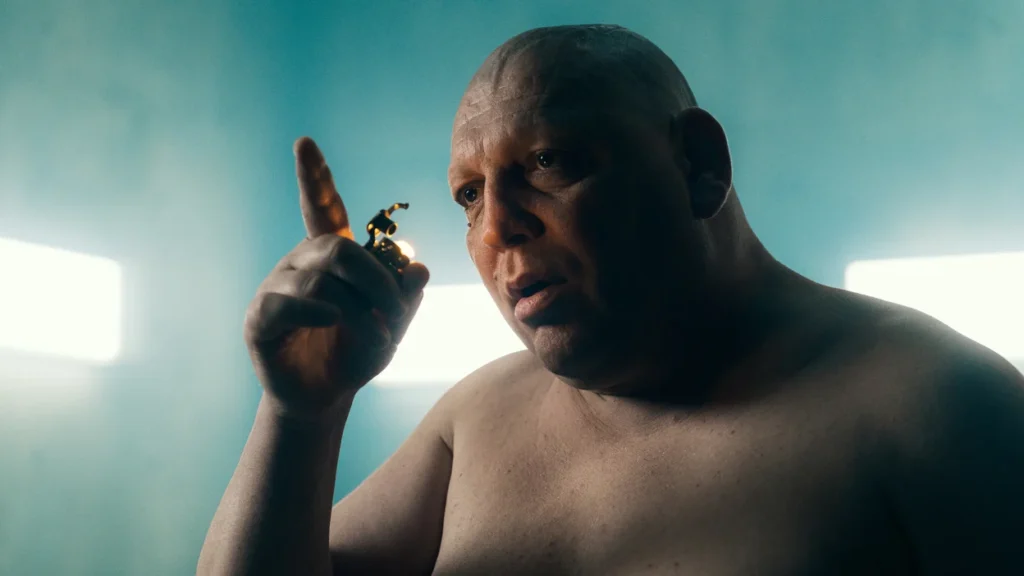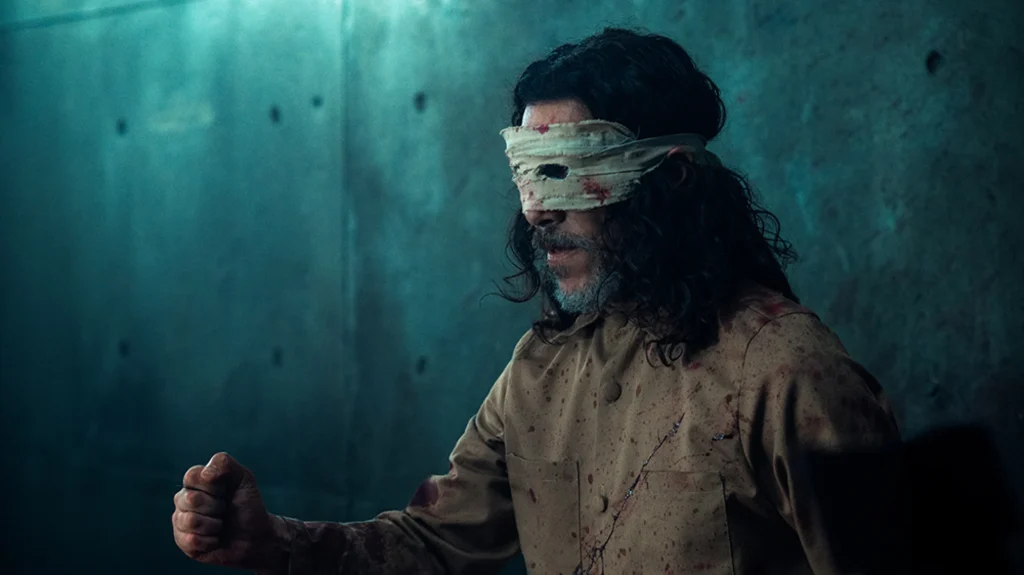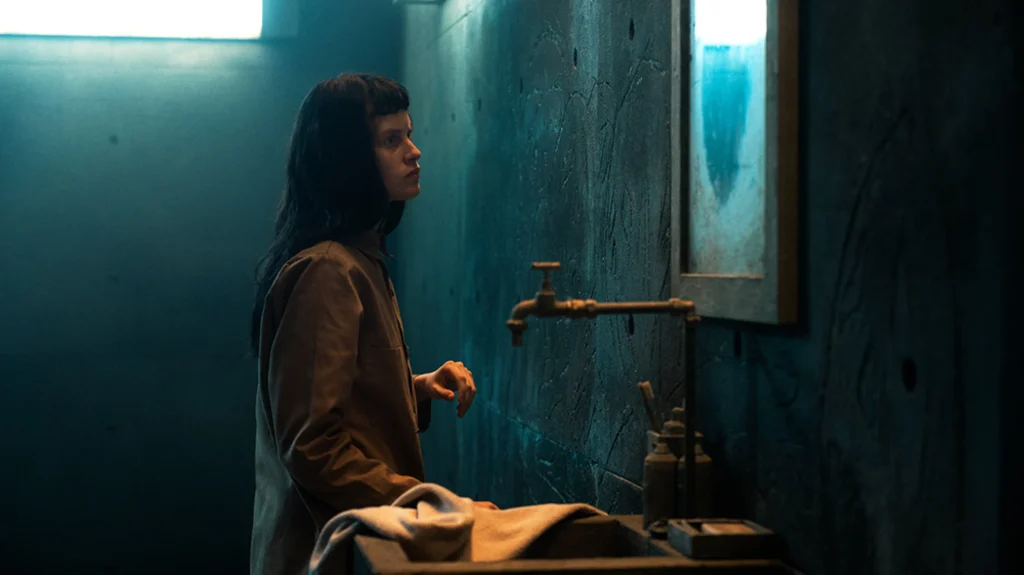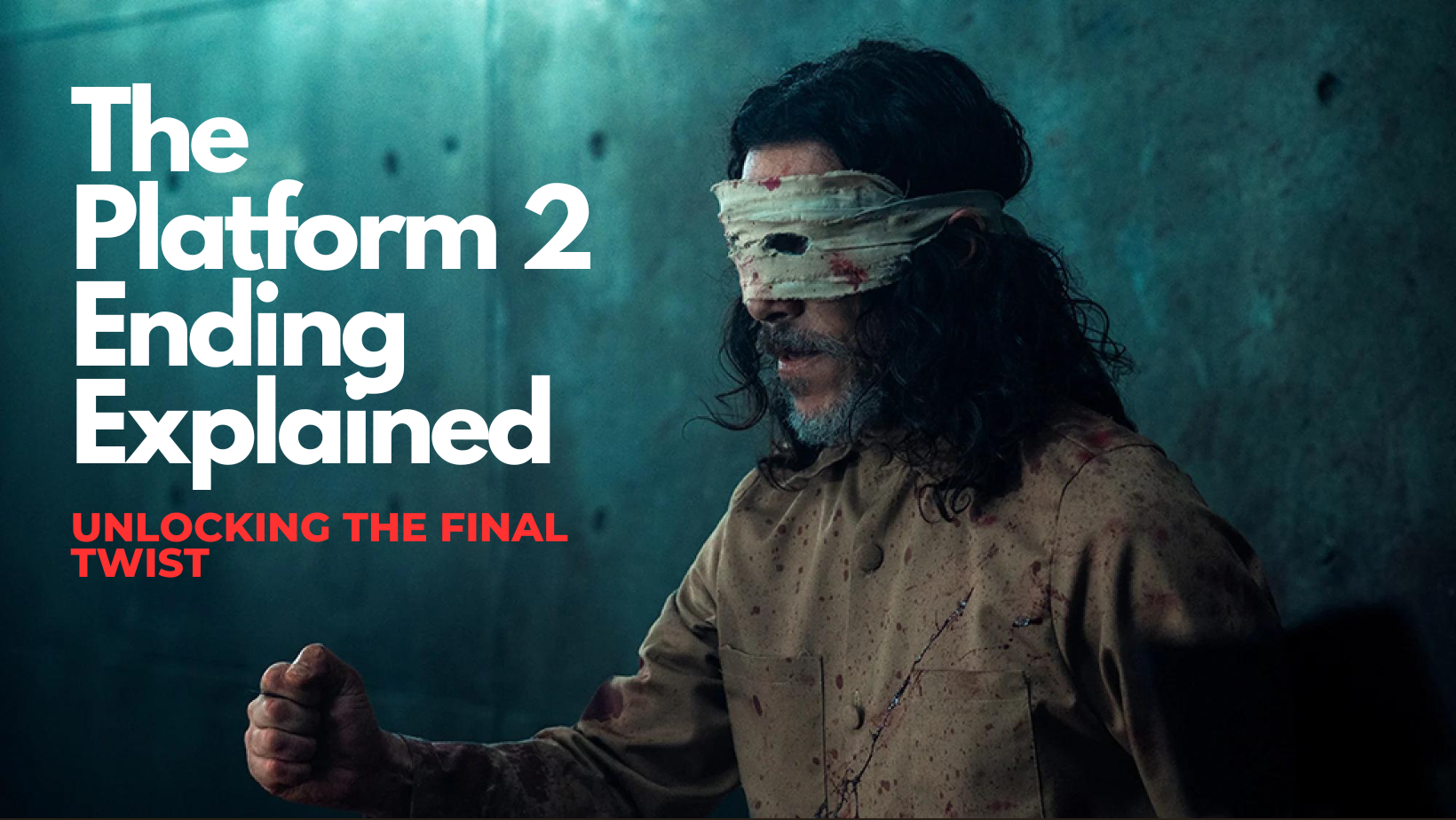The Platform 2 Ending Explained: A Deep Dive into the Twisty Conclusion

That was quite a ride, wasn’t it?
After finishing The Platform 2, I was both entertained and emotionally shaken — but also seriously confused. If you felt the same way, you’re not alone. It seemed like the more I tried to unpack the movie, the more questions arose. But don’t worry, we’re about to break down the mind-bending ending, from the climactic final scenes to some thought-provoking theories. Buckle up!
What Is The Platform 2 About?
Set in the same bleak universe as the first The Platform, this sequel/prequel introduces us to a familiar nightmare: a vertical prison where a platform filled with food descends daily. There’s enough for everyone — if they stick to their pre-selected meal. But, as expected in a place like this, most prisoners devour more than their share, leaving those below to starve.
In The Platform 2, however, a stricter system has been implemented. Unlike the chaos in the first film, cellmates now follow a rigid rule: “eat only your food.” Breaking this rule leads to brutal punishment, a concept enforced by Dagin Babi (Óscar Jaenada), the prison’s fearsome leader.
Our protagonist, Perempuán (Milena Smit), experiences a gradual transformation. At first, she upholds the system, then becomes one of its enforcers, and eventually rebels after falling victim to its arbitrary cruelty.
The Final Twist: What Happens at the End of The Platform 2?

As Perempuán unravels the dark truths of the prison, she recalls the escape plan shared by her late cellmate (played by Natalia Tena). The plan hinges on the prison’s monthly gas-induced cell changeover. By feigning death, Perempuán hopes to escape when the bodies are cleared from the system.
After killing Dagin Babi and his followers, Perempuán swallows a breathing filter hidden in a cloth, allowing her to survive the gas. She wakes up during the anti-gravity state of the changeover, tied among the corpses being transported to the bottom. It’s here that she spots a child locked in Cell 333, the lowest level. Risking her life, she makes the daring choice to save him.
How Does The Platform 2 Connect to the First Movie?
Fans of the original The Platform will recognize a pivotal character in the sequel — Trimagasi (Zorion Eguileor), who was Goreng’s (Iván Massagué) cellmate in the first film. The timeline suggests that The Platform 2 is a prequel, starting roughly a year before the events of the first movie.
The strongest connection comes in the final moments of The Platform 2. During the end credits, a scene from the first movie plays: Goreng and Trimagasi in the endless darkness beneath the lowest level. Suddenly, Perempuán’s voice cuts through: “You. What are you doing here?” The two embrace, implying that Goreng was her partner before their imprisonment.
Is Perempuán Dead?

The fate of Perempuán remains ambiguous, but it’s heavily implied that she doesn’t survive the movie. As she attempts to save the child, she repeatedly strikes her head on the prison walls, losing a significant amount of blood. In the film’s final sequence, she descends into the black void below the pit, where she’s greeted by the ghosts of other dead prisoners, including her former cellmate Zamiatin (Hovik Keuchkerian).
A haunting line from one of the dead characters offers a clue to her fate: “Only they [the children] can go up. Your journey is over, but he will have another chance.” This suggests that while Perempuán’s physical body is likely dead, her mission to save the child was a success — giving the boy a chance at survival and possibly redemption.
What’s the Meaning of the Children Playing on the Slide?
One of the most puzzling visuals in The Platform 2 is the recurring scene of children playing on a stone pyramid with a slide. These sequences start with structured play but quickly devolve into chaos, with children fighting to reach the top. The child who succeeds is later taken away by adults and placed in Cell 333 — the same boy that Perempuán saves.
This imagery feels symbolic of the prison itself, acting as a metaphor for society’s power structures. Just like the children climbing the pyramid, the prisoners in The Platform 2 start with some semblance of order before things spiral into brutality and disorder. The message seems clear: Struggles for power — whether in the prison or society at large — are inevitable and destructive.
Are the Children Real or a Hallucination?
This question is open to interpretation. In the first film, Goreng finds a child at the bottom of the pit, but her existence is ambiguous, possibly a hallucination of his deteriorating mental state. In The Platform 2, however, the child that Perempuán encounters seems more tangible. During the prison changeover, she clearly sees him in Cell 333.
It’s unclear why children are placed at the bottom of the pit. One theory is that the prison uses children as a form of redemption for the prisoners. With adults rarely surviving the pit, perhaps the prison is offering them one last chance at salvation — by saving an innocent life.
Conclusion: The Platform 2’s Ending Explored
The Platform 2 masterfully continues the first movie’s blend of psychological horror and societal critique, adding new layers of complexity. Through Perempuán’s journey, the film explores themes of redemption, power dynamics, and the cyclical nature of societal collapse. Whether or not she survives, Perempuán’s sacrifice represents a glimmer of hope in an otherwise hopeless world.
The children, whether symbolic or real, serve as a reminder that even in the darkest systems, there’s still room for humanity — even if it’s found in the act of saving someone else.
